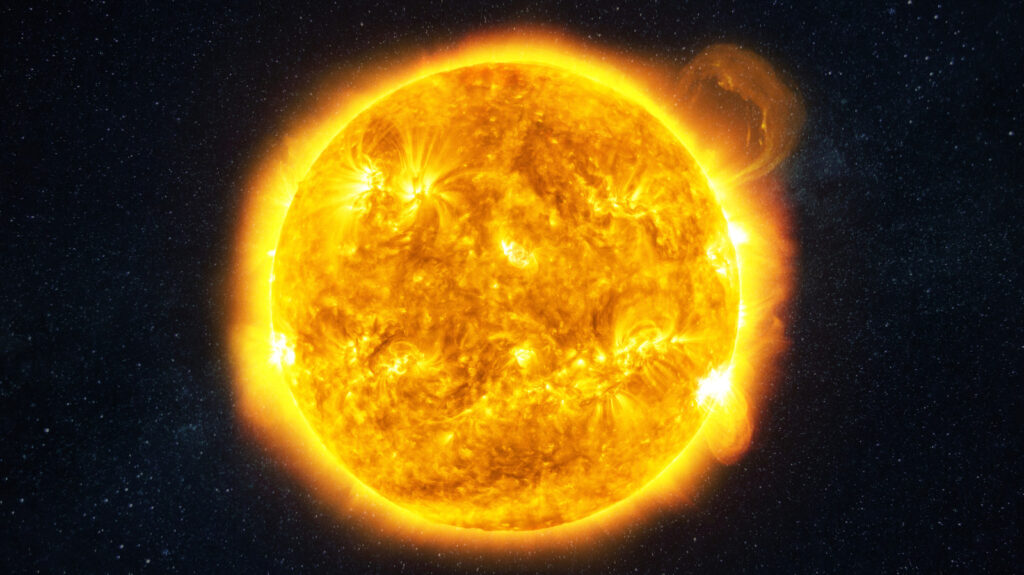
Recent observations indicate an increase in solar storm activity, with scientists noting a marked uptick in solar flares and geomagnetic events. This change in solar behavior follows a prolonged period known as the “deep solar minimum,” which lasted from the 1980s until 2008. Since then, the sun has shown signs of heightened activity, raising concerns about potential impacts on Earth.
NASA’s Jet Propulsion Laboratory has reported an increase in plasma explosions and stronger magnetic fields, which correlate with more frequent solar storms. These storms, which can include coronal mass ejections, pose risks not only to the beauty of auroras but also to vital technology that modern society relies on daily. Last year, the sun produced its strongest solar storm in over two decades, causing stunning northern lights visible as far south as Mexico.
Solar storms disrupt technology by damaging power grids, GPS systems, and radio communications. For instance, a significant storm can create interference that affects navigation systems used in aviation and shipping. The Artemis mission, which aims to return astronauts to the Moon and later send them to Mars, also faces challenges from these solar events. Space agencies are therefore prioritizing improvements in forecasting solar weather to mitigate risks associated with increased solar activity.
Understanding the mechanics of solar storms reveals their potential impact. These storms occur when the sun’s magnetic field becomes entangled and then releases energy in explosive bursts. This energy can reach Earth within minutes, disrupting satellites and terrestrial technologies. In 1989, a geomagnetic storm caused a blackout that affected millions in Quebec in under two minutes, showcasing the destructive power of solar activity.
As our world becomes more interconnected, the vulnerabilities of high-frequency radio signals, crucial for aviation and emergency communications, become increasingly apparent. The reliability of GPS, used for everything from navigation to ride-sharing apps, can also be compromised during solar events. Satellites, which lack the protective shield of the Earth’s atmosphere, are particularly susceptible to damage from solar flares, risking both their operational capacity and lifespan.
Fortunately, the human population on Earth remains largely shielded from the harsher effects of solar storms due to the atmosphere and magnetic field. Current research indicates minimal health risks associated with solar activity. Some studies have explored potential links between solar flares and health issues such as headaches and cardiovascular problems, but evidence remains inconclusive.
The primary concerns for individuals are disruptions to power and communication services. Solar storms could lead to outages, affecting everything from traffic lights to airline operations. While the prospect of temporary blackouts may be frustrating, there is a positive side: solar storms can create spectacular auroras visible in areas far beyond the Arctic Circle.
As reliance on technology grows, so does the urgency to address the challenges posed by solar activity. NASA’s commitment to projects like the Interstellar Mapping and Acceleration Probe (IMAP) aims to enhance our understanding of solar events and improve early warning systems.
In summary, while solar storms may not pose a direct threat to human health, their potential to disrupt technology and infrastructure necessitates preparedness. As we move further into 2025, staying informed about solar activity will be essential for mitigating the effects of these natural phenomena.







